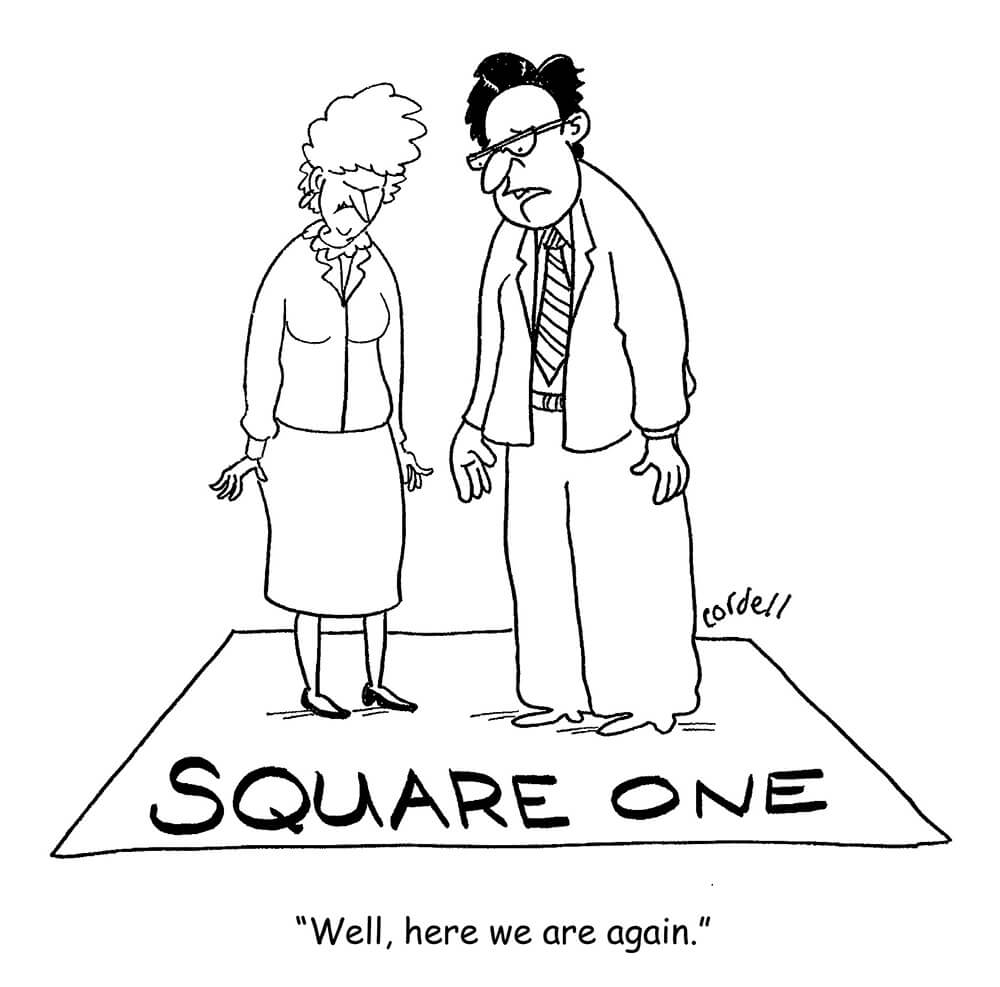Many financial institutions are looking at the state of their current decision management systems and would like to know if it has enough “horsepower” to do the job.
Maybe you are just starting or think you need to go back to square one & rethink the whole process.
If you had the luxury of doing it all over again, how should you go about it? It is a broad topic but there are resources that can help; the following excerpt comes from an author that specializes in helping companies do exactly that.
The Decision Management Manifesto – Sharing Best Practices
Decision Management is a powerful approach, increasingly used to adopt business rules and harness advanced analytic technology, but there are many pitfalls along the way. You do not want to implement a process only to find out you have made things worse. But how do you do it? What are the steps involved and how can you be sure you have covered all of the bases?
Over the years, best practices have been developed to make implementing a true decision management process successful – using strategies based upon business rules and predictive analytics. To help you hack how to get started, we’ll be sharing a manifesto that identifies a core set of these best practices.
I’m sure that you hope that by implementing this type of process you’ll improve your organizations decision making and decision throughput, yet you may not be exactly sure which decision you are aiming to improve. Remember – It’s critical to actually design the decisions you need to improve rather than simply hoping that adopting the technology will somehow improve it!
Both business rules and predictive analytics projects go wrong when they focus on details first rather than working top-down. When business rules projects focus on collecting and documenting business rules first, the result is a “big bucket of rules” that are hard to manage or implement, and often too diffuse to be useful. Predictive analytics projects that focus only on building a highly predictive model lack the business context and understanding that will allow that model to be effectively used. A top-down focus on the decisions involved provides structure, context and business awareness for improved results.
The key elements of The Decision Management Manifesto should follow these steps:
• Step 1 – Decisions First: Decisions should be modeled first before considering how business rules and or analytics will be used.
• Step 2 – Explicitly Design Decisions: the best way to define a decision is with a question and a set of known, possible answers.
• Step 3 – Use Decision Management Technologies: The details of how a decision is to be made can be represented with business rules, decision tables, decision trees, analytic models, optimization algorithms, and other decision metaphors.
• Step 4 – Deploy as Decision Management Systems: A Decision Management System is decoupled from and provides decision-making to existing systems, business processes, or event processing environments.
• Step 5 – A Decision Management System: A closed loop – for continuous improvement, and to test and learn, experiment and adapt.
Remember – the key to success with these technologies depends on effective collaboration between business, IT and analytics professionals. Decisions work as the glue that holds a process together, and decision models allow effective working across skill sets.
If you want to delve into this topic in far greater detail you should read the detailed white paper on the subject. You can find – here – it at the author’s website.
 James Taylor is a leading expert in the field and runs Decision Management Solutions, he published a The Decision Management Manifesto (and its accompanying white paper) to help guide organizations through the process. Click here for a link to the complete manifesto and James’ website.
James Taylor is a leading expert in the field and runs Decision Management Solutions, he published a The Decision Management Manifesto (and its accompanying white paper) to help guide organizations through the process. Click here for a link to the complete manifesto and James’ website.


